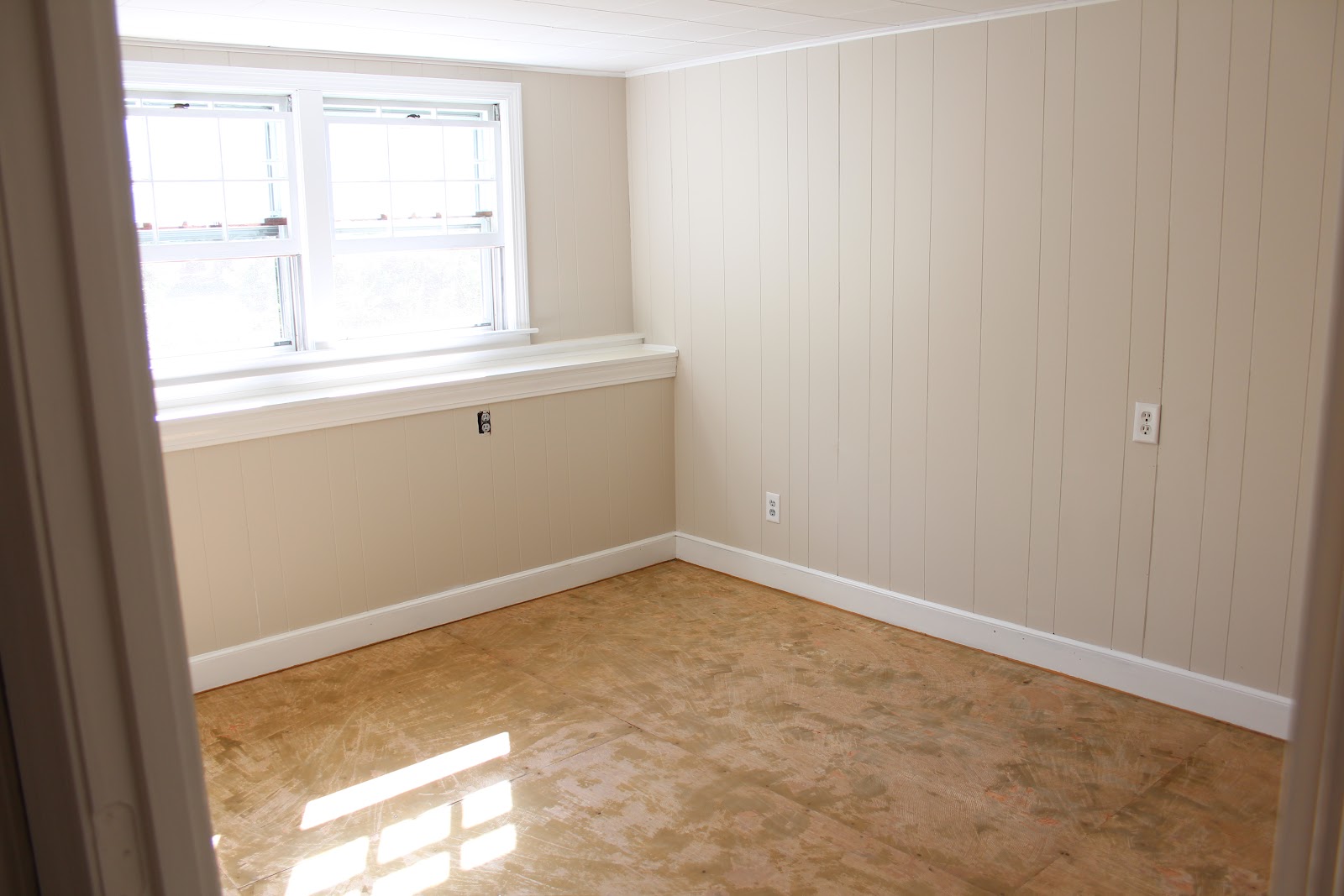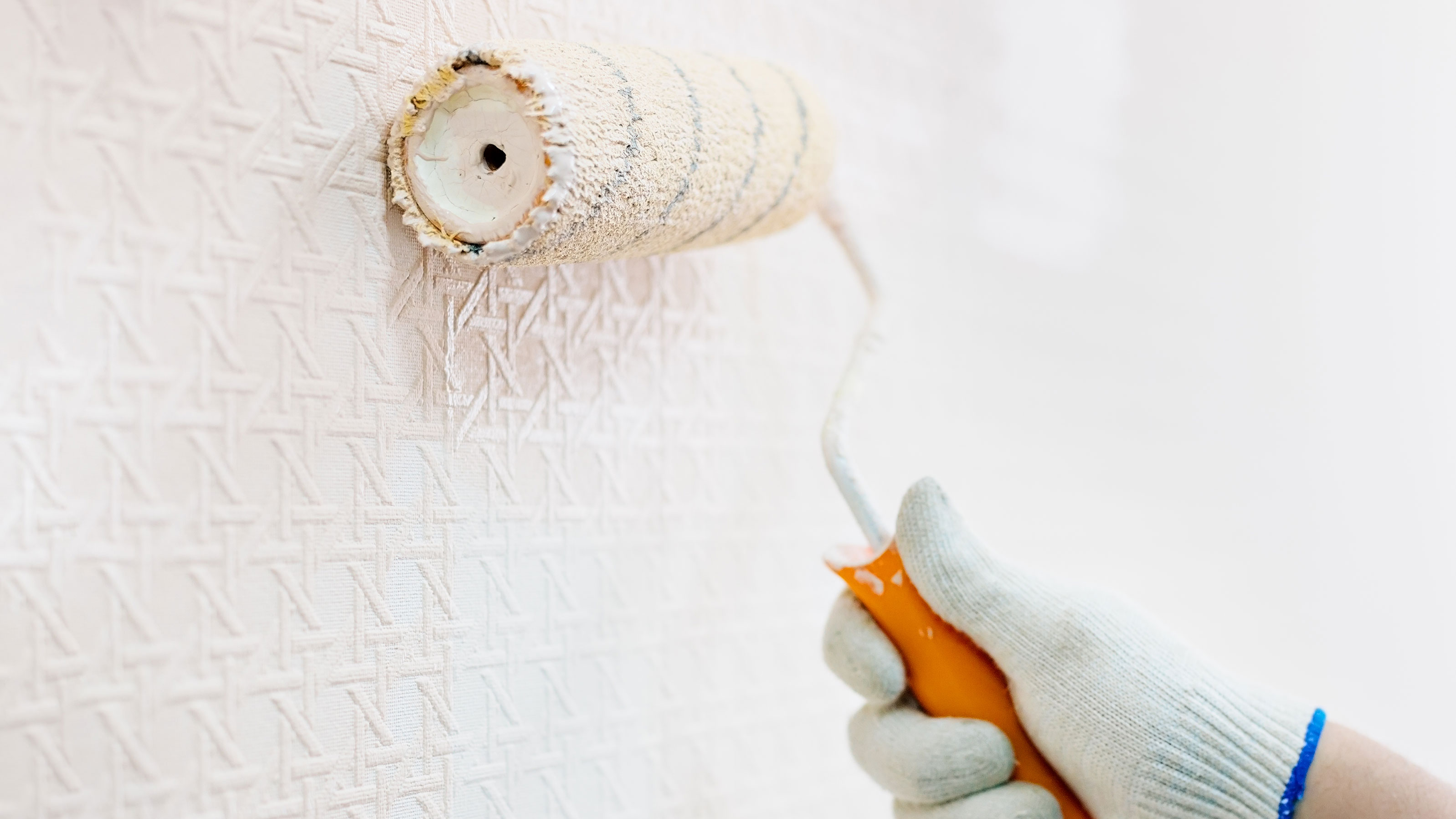Assessing the Wallpaper

Before you start painting, it’s essential to assess the wallpaper in your bathroom. This involves identifying the type of wallpaper, evaluating its condition, and determining if it’s suitable for painting.
Determining the Wallpaper Type
The type of wallpaper plays a crucial role in determining whether you can paint over it successfully. Here are some common types of wallpaper found in bathrooms:
- Vinyl Wallpaper: This type is waterproof and durable, making it a popular choice for bathrooms. It’s often embossed or textured, providing a decorative element.
- Paper Wallpaper: This type is less durable than vinyl and can be more susceptible to moisture damage. It’s typically thinner and smoother than vinyl wallpaper.
- Textured Wallpaper: This type can be made from various materials, including vinyl, paper, or fabric. It features raised patterns or textures, adding visual interest to the space.
Evaluating the Wallpaper Condition, Can you paint over wallpaper in a bathroom
Once you’ve identified the type of wallpaper, it’s important to assess its condition. Look for signs of damage, such as:
- Loose or Peeling Wallpaper: If the wallpaper is peeling or coming loose from the wall, it’s not suitable for painting. The paint will likely crack and peel along with the wallpaper.
- Damaged Wallpaper: Tears, rips, or holes in the wallpaper can also compromise the paint job. Repairing these damages before painting is essential.
- Mold or Mildew: If you notice mold or mildew growth on the wallpaper, it’s a sign of moisture issues. Addressing these issues before painting is crucial to prevent further damage and health risks.
- Water Damage: If the wallpaper has been exposed to water damage, it may be weakened and prone to peeling or cracking. Consider replacing the damaged wallpaper before painting.
Analyzing Wallpaper Adhesion
The adhesion of the wallpaper to the wall is another crucial factor to consider. To assess the adhesion, gently try to peel a small corner of the wallpaper. If it peels off easily, it’s likely not firmly attached and may not be suitable for painting. If the wallpaper resists peeling, it’s likely well-adhered and can potentially be painted over.
Comparing Wallpaper Color to Paint Color
Consider the color of the existing wallpaper and how it might affect the final paint color. If the wallpaper is a dark color, it may bleed through the new paint, resulting in an uneven finish. In such cases, you might need to use a primer specifically designed to block out dark colors.
Preparing the Surface

A clean and properly prepared surface is crucial for achieving a successful paint job over wallpaper. Dirt, grease, and grime can prevent the primer and paint from adhering properly, leading to peeling and uneven finishes. Therefore, it’s essential to thoroughly clean the wallpaper before applying any primer.
Cleaning the Wallpaper Surface
Before you start cleaning, gather the necessary tools and supplies:
- A soft-bristled brush or sponge
- A bucket of warm water
- A mild dish soap or wallpaper cleaner
- A clean cloth or towel
Start by removing any loose wallpaper, dust, or debris using a soft-bristled brush or a vacuum cleaner with a brush attachment. Next, prepare a cleaning solution by mixing warm water with a mild dish soap or a wallpaper cleaner. Avoid using harsh chemicals or abrasive cleaners as they can damage the wallpaper. Dip a soft-bristled brush or sponge into the cleaning solution and gently scrub the wallpaper surface, paying close attention to areas with dirt, grease, or grime. Rinse the brush or sponge frequently in clean water and continue scrubbing until the wallpaper is clean. Finally, wipe the surface with a clean cloth or towel to remove any remaining soap residue. Allow the wallpaper to dry completely before proceeding to the next step.
Painting the Wallpaper: Can You Paint Over Wallpaper In A Bathroom

Now that your wallpaper is prepped and ready, it’s time to get painting! This step requires careful attention to detail to ensure a smooth and even finish.
Choosing the Right Paint
Selecting the right paint is crucial for a successful paint job on wallpaper. You’ll want to consider factors like moisture resistance, durability, and color coverage.
- Moisture Resistance: In a bathroom, moisture is a constant concern. Choose a paint specifically designed for high-moisture areas, like bathroom or kitchen paint. These paints are formulated to withstand humidity and prevent mildew growth.
- Durability: Look for a paint with good adhesion and durability, as it will need to withstand the wear and tear of a bathroom environment. A semi-gloss or satin finish is a good choice for bathroom walls, as it is easy to clean and resists stains.
- Color Coverage: Depending on the color of your wallpaper, you may need a paint with good coverage to achieve a solid color. If you’re painting over a dark or patterned wallpaper, consider using a primer first to help the paint adhere better and provide a more even finish.
Applying Paint to Wallpaper
Once you have the right paint, follow these steps for a successful paint job:
- Prepare the Area: Protect the surrounding areas with drop cloths or painter’s tape. Make sure the room is well-ventilated.
- Apply a Primer (Optional): If you’re painting over a dark or patterned wallpaper, or if the wallpaper is particularly textured, a primer can help the paint adhere better and provide a smoother finish. Apply the primer with a roller or brush, ensuring even coverage.
- Start Painting: Use a high-quality paintbrush or roller to apply the paint. Work in small sections, starting from the top and working your way down. Apply thin, even coats, allowing each coat to dry completely before applying the next.
- Multiple Thin Coats: Applying multiple thin coats of paint is key to achieving a smooth and even finish. It allows the paint to dry evenly and prevent drips or runs.
- Drying Time: Allow each coat of paint to dry completely before applying the next. The drying time will vary depending on the paint and the temperature and humidity of the room.
- Clean Up: Clean your brushes and rollers thoroughly with soap and water immediately after use.
“Applying multiple thin coats of paint is essential for a smooth and even finish. It allows the paint to dry evenly and prevents drips or runs.”
